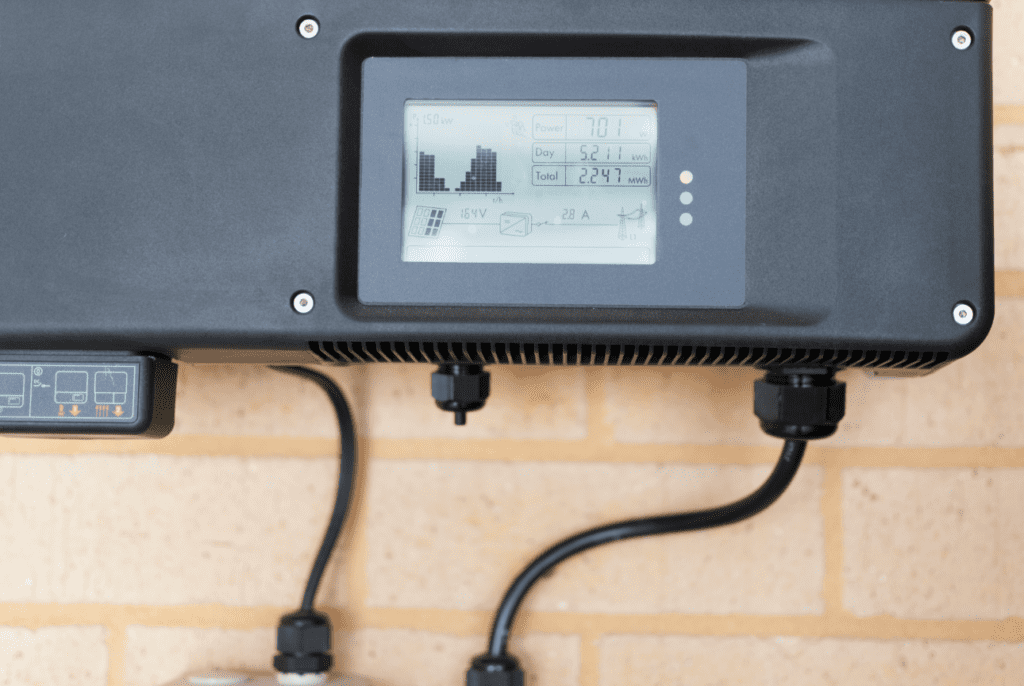There’s been a lot of questions lately surrounding the new South Australian solar export changes. Firstly, if you’ve got solar already and are not upgrading anytime soon, nothing is changing for you. The new changes will only be for a small amount of new or upgrading customers in specific areas; namely some parts of Adelaide’s southern suburbs.
If you’re thinking about getting solar or upgrading and haven’t heard the news, this should help. You’ll basically have a choice between two options. The first being a strict export limit of 1.5kW per phase. The second being a flexible export arrangement of up to 10kW per phase. These agreements will be with the South Australian Power Network (or SAPN). You can read more about the arrangements themselves here. There’s no date yet for when these changes will be put in place, we just know it’ll be within the next few months.
Should I Still Get Solar in South Australia?
Don’t let this put you off of getting solar. While there will be a limit on how much you can export, you’ll still get feed-in tariffs back from the amount you do export. You’ll also still save heaps of money on your power bill… that part hasn’t changed! There’s good reason for these changes too; solar uptake has been huge in South Australia and it’s putting quite a bit of stress on to some parts of the power grid. When there’s stress on the power grid, it increases the chances of the grid overloading and equipment being damaged. If these things happen, it can cause big blackouts, which need to be avoided.
This has all come about because SAPN has set a goal to double the amount of solar on the grid by 2025… that’s only four years away! In order to achieve this goal, it needed to find ways to stabilize the grid and deal with voltage problems. Dealing with these issues would allow SAPN to try and reduce large power outages, so these changes are completely necessary and are actually a good thing for everyone.
How Solar Exports Actually Work
If you’ve got solar already, chances are you’ll probably understand how exporting works. If you don’t, we’ll cover some of it now.
- When you install a solar power system, you’ll have an inverter that is linked to it, which will either be a single-phase inverter or three-phase inverter.
- When we say single-phase inverter, it means there’s one wire connecting your home or business to the grid. Single-phase inverters are more common in residential solar.
- Three-phase inverters are needed if you’ve got a few really big appliances that use electricity, so it’s more common in commercial solar.
- The inverter can be set to a limit so that your system is only sending a certain amount back to the grid. So, this is how the changes will work when they eventually come into play.
Now that we’ve got that out of the way, let’s look at how you can lower the amount that you need to export so that you know how to make the most of your system. This is important because, again, these changes will only apply to new or upgrading solar customers in certain areas. We’ll use a couple of examples and hopefully you’ll fit one of them or be able to understand how it could apply to you.
The Walker Family
First, we’ve got a family of four. Let’s call them the Walker family; James, Paula and their two kids.
- Everyone wakes up at around 7am at their house during the week, with James and Paula getting ready for work and the kids getting ready for school.
- At 8:15am, everyone leaves the house, and no one returns until 5pm.
- They’ve got solar at home, but because no one is there during the day using electricity, there’s a lot of potential energy going to waste.
If the 1.5kW per phase limit was agreed to when the family installed solar, they would only get a certain amount of return from the energy provider for their solar exports, which are known as feed-in tariffs.
- Once they have met the limit, the rest of their potential energy is wasted.
- If the family started doing things differently, their system could be so much more efficient.
- Ways this could be done would include charging any cordless appliances, running the washing machine and dryer, and even running the aircon, all during the day when their solar system is generating electricity.
- This would mean there is less that goes to waste and less that needs to be exported; hopefully coming in lower than or meeting the export limit.
The Johnson’s
Now, we’ve got the Johnson’s; Barbara and Harold. The couple have been married for 44 years and are retired.
- Generally speaking, they’re home during the day and using their electricity as it’s being generated by their rooftop solar system.
- Let’s assume the Johnson’s agreed to the flexible solar export arrangement of up to 10kW per phase when they had their solar system installed.
- This option suited the couple better than the strict 1.5kW, because they’d be able to adjust their consumption based on the adjustable limit (the benefits of being home more… right?).
For example, during times where there may be a 10kW limit, the Johnson’s would be able to go about their days as normal and be happy with knowing they are making as much back as possible from feed-in tariffs.
- However, when there’s some pressure on the grid and their limit gets reduced for a period of time (let’s say down to 3kW per phase), the Johnson’s may decide to make sure they’re using as much energy as they can during the day so that they either meet or come in lower than the limit.
- Again, this might include charging any cordless appliances and doing the washing; but also catching up on any TV series and anything else that could be done to make the most of their solar system.
Got any more questions?
We’ll answer a few questions about the new solar export changes for you below. If you’ve got any more, find us on social media and send us a message with yours! We’ll keep this section updated with all of your questions and our answers. If you’d like to read more about the changes to exports in South Australia, click here.
- What happens if I go over the export limit? So, let’s assume you’ve agreed to one of the export limit options in South Australia. When you have the system installed, your inverter is actually set to the limit, so you can’t go over.
- Is solar still worth getting in South Australia? Solar is worth it now more than ever! Prices have dropped by over 50% since 2012 and you’ll still save heaps on your power bill while earning on feed-in tariffs from your exports. It’s just that there will be a limit on the exports to stop large blackouts and damage of equipment!
- Will this affect everyone in Adelaide’s southern suburbs? According to SAPN, the total number of customers expected to be affected by these changes is up to 800. This equates to less than 2% of expected applications to install rooftop solar during the first year of the changes coming in. Again, it’ll only be for specific areas of Adelaide’s southern suburbs, but you’ll be able to talk to your installer or SAPN themselves to find out more.
- What other options do I have if I don’t want to waste my excess? You could invest in a home battery, which would allow you to store your excess so that you can use it yourself.














